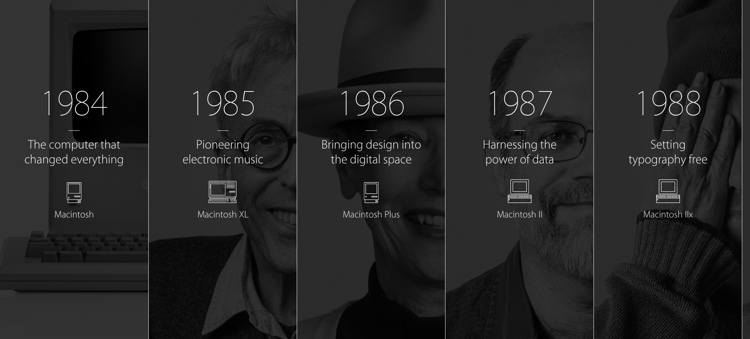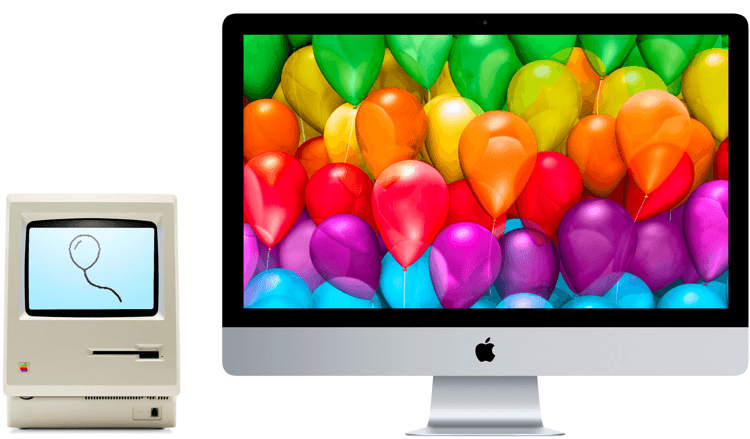It was January 24, 1984 when a young Steve Jobs first introduced the original Macintosh and dazzled the crowd with a display of its graphics capabilities, myriad of fonts and text-to-speech support. This was the first mass-market personal computer featuring a graphical user interface and mouse.
Selling for $2,495, Macintosh shipped with only 128K of memory, compared with the 1,000K RAM in the Lisa, an 8 MHz Motorola 68000 processor, a 9-inch black-and-white CRT display with a resolution of 512 x 342 (72 dpi), and a 3.5-inch floppy disk drive. It notably lacked an internal hard drive, at Jobs' insistence, and it also lacked a fan to keep it noise free – but leading to many component failures instead.
For a quick trip back in time check out iFixit's teardown of the Mac, published today.
By all accounts, the original Macintosh was a commercial failure, embraced by designers and the creative types, but selling only a few hundred thousand units and acting as a precursor to Jobs' departure less than 18 months later. Its legacy stretches far beyond that single product, however, and the philosophy behind it, that hardware and software should be tightly integrated, is still embraced almost religiously by Apple to this day.

To celebrate the occasion Apple has set up a chronicle of how the Mac evolved over the years. The mini-site features a video with numerous interviews praising the iconic machine for its contributions in several fields, along with a scrollable timeline of the major models of Mac since 1984, spanning the PowerBook, the PowerMac, iMac and ending with the Retina MacBook Pro and the brand new Mac Pro.
Apple also included a link for people to share what their first Mac was and what they used it for, then displays the models chosen by most people as their first Mac (1986's Macintosh 512Ke at the time of writing), along with a neat interactive graph that lets you slide through the years and see what people used their Macs for.
Regardless of what camp you stand on there's no denying the Mac's contributions to the world of computing. Here's to many more years of innovation and competition. Happy 30th Birthday!
